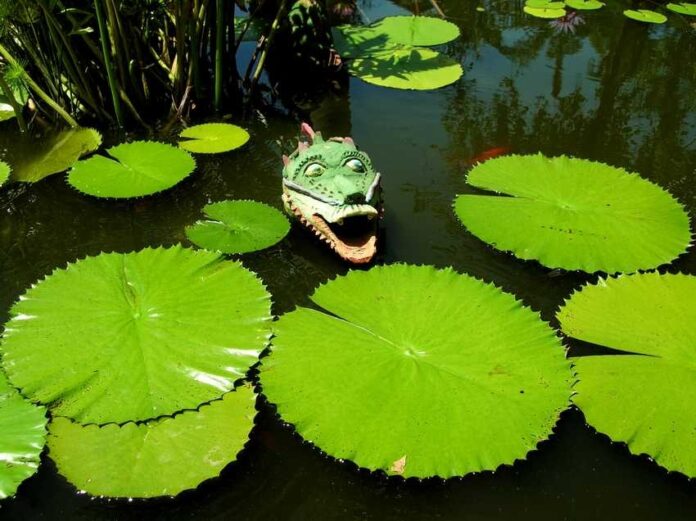All five of Mexico’s ecosystems can be accessed in what I call the 500-kilometer-wide Magic Circle around Guadalajara.
Driving only a few hours, you can immerse yourself in cool, shady forests, desert scrub land, or flat, highland prairies, and if you go far enough west in the Magic Circle, you’ll come to Mexico’s tropical ecosystems.
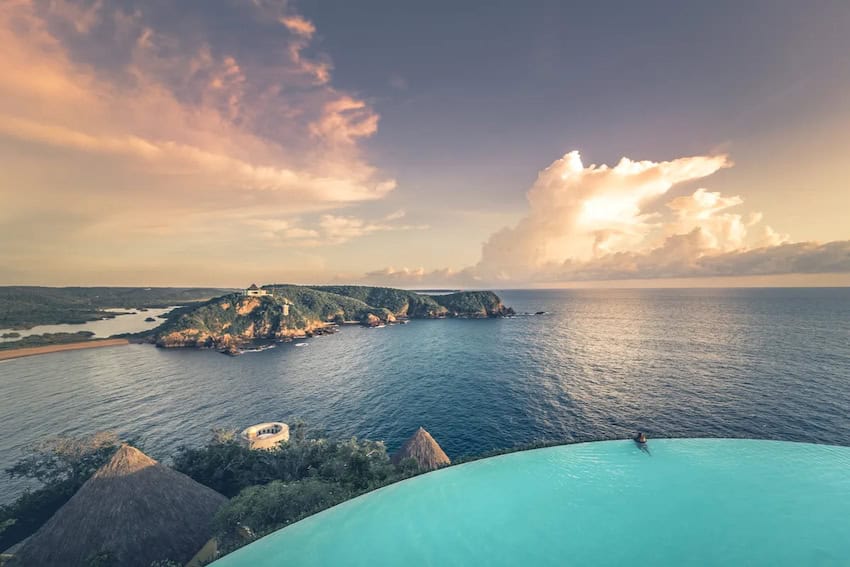
According to Richard Rhoda and Tony Burton’s excellent geography book “Geo-Mexico,” you’ll find both Tropical Evergreen Forests and Tropical Thorn Forests along the Pacific Coast. In the states of Nayarit and Jalisco, these tropical forests are likely to take the form of swamps and mangrove thickets.
One of the best places to discover the wonders of mangroves is San Blas, Nayarit, now just a three-hour-and-three-minute drive from the west end of Guadalajara, thanks to improved highways. While not technically part of Jalisco, the southern tip of the state has become one with the Puerto Vallarta area, thanks to rapidly improved transport links.
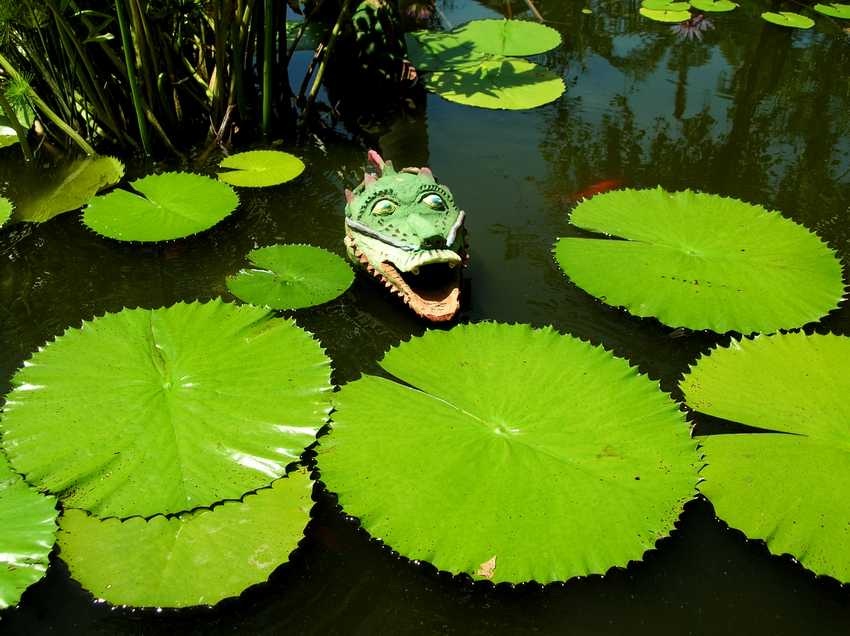
Exploring the mangroves
Some head for San Blas because it is reputed to have “the world’s longest surfable waves,” but for me, the big attraction is an early-morning panga ride through the mangroves of the Estuary of San Cristobal. So tall are the mangroves and so thick is the vegetation that parts of these channels have become tunnels, interconnected in an extensive labyrinth that only the boaters can navigate.
In the early morning, the perfectly still water mirrors the jungle canopy overhead. Long, smooth mangrove roots reach down from the branches above, where giant bromeliads are perched among exotic orchids.
But the birds are the big attraction. People say that half the known birds of Mexico are lurking among the mangroves!
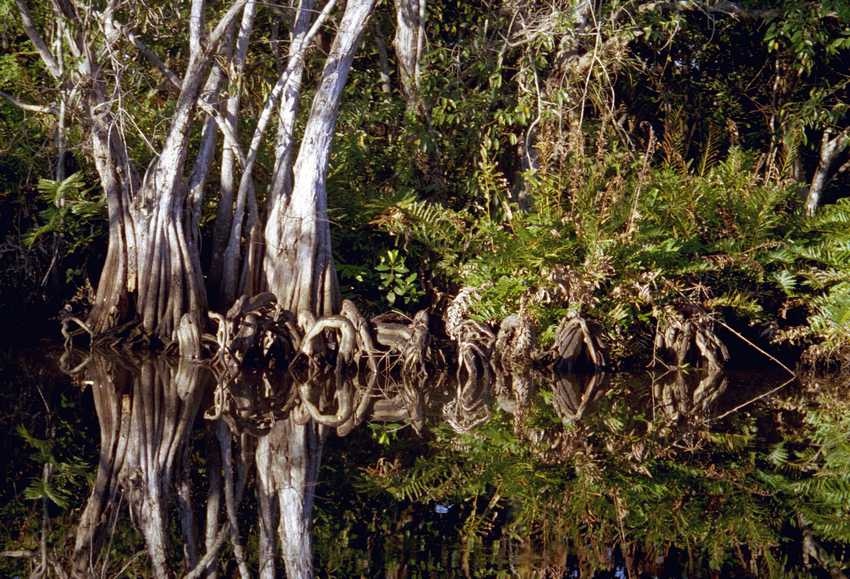
Here you will see whimbrels, wood storks, roseate spoonbills, anhingas, and if you look carefully, you may spot a boat-billed heron, which hides in shady spots and somehow manages to look cute even though it has a bill shaped more like a shoe than a boat.
La Manzanilla Crocodile Sanctuary
While San Blas is the place to go for bird-watching, I suggest you head for El Cocodrilario de La Manzanilla, Mexico’s biggest crocodile sanctuary, if you really want to learn something about these reptiles. There are close to 500 crocs there, all well cared for by a local group called Cipactli (crocodile in Náhuatl) whose relationship with these creatures may be older than Mexico itself.
Turtle Beach
If it’s turtles you’d like to see, and perhaps release, you can visit the Center for the Protection and Conservation of the Sea Turtle, located 21 kilometers south of San Blas on aptly named Playa de las Tortugas. They liberate turtles every evening at five, and, if you wish, you can camp at the center or along the picturesque, undeveloped beach adjacent to it.
Pristine Dolphin Beach
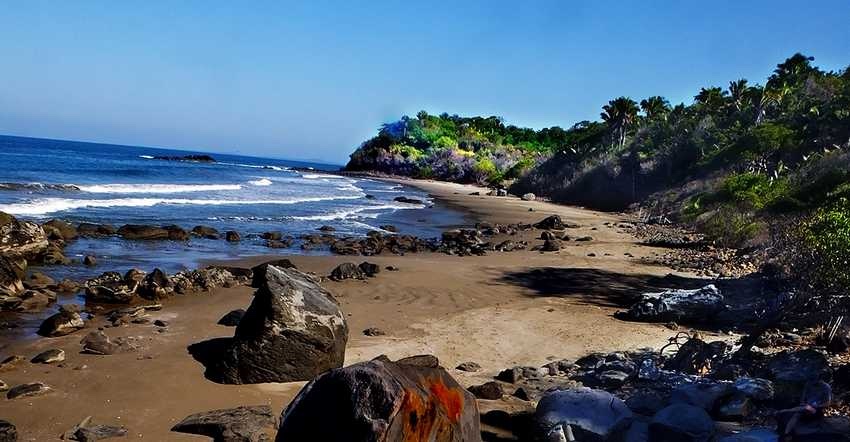
In spite of much development of Mexico’s West Coast — from palapas to luxury resorts — quiet, delightful, undisturbed beaches can still be found.
Many years ago, I discovered my dream beach simply by hiking north at low tide from popular, crowded Playa Platanitos, Nayarit.
We soon came to a solitary stretch of sand bordered by big, beautiful rocks at each end, with a grove of palm trees just above the silver sand, offering precious shade. The only footprints we could find on this idyllic beach were those of raccoons.
Gazing out to sea, we spotted a pod of dolphins leaping out of the water. Fortunately, we discovered a rough dirt road connecting this little beach to the main highway, and it soon became our favorite place to camp on the coast.
Although today a locked gate prevents vehicle access, Dolphin Beach looks the same as it did 30 years ago, and on my last visit the only footprints I found were still those of raccoons.
Hiking through the jungle
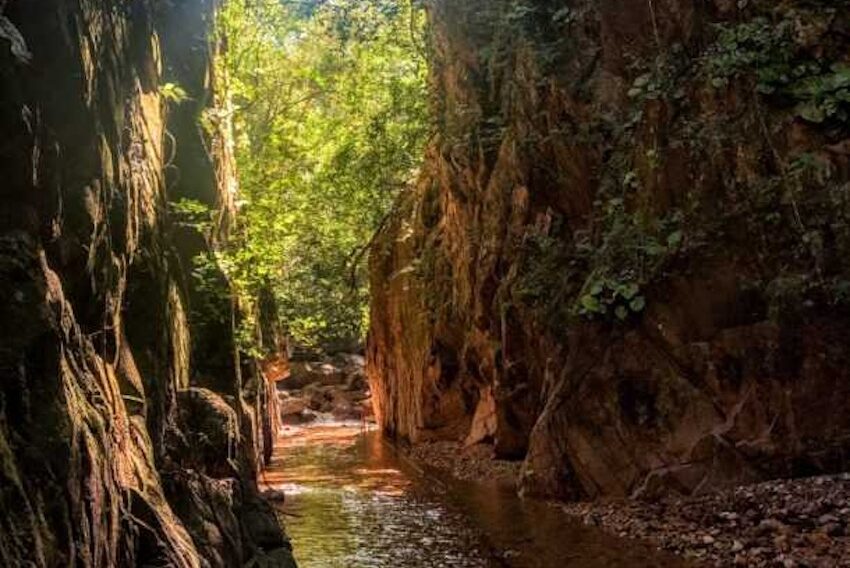
Besides sandy beaches and mangroves, West Mexico’s Pacific Coast features jungles.
If you’d like to have a truly exotic jungle experience, I recommend a hike to Cascada el Nogalito, located about 16 kilometers south of Puerto Vallarta. It’s a round trip of six kilometers and takes around four hours. Be prepared to get wet: you’ll be walking in — not alongside — a gorgeous river.
The hike turns into a fascinating and educational experience if you go with a local guide. You will discover orchids, bromeliads, medicinal vines, giant ferns, strangler figs and the curious papelillo tree with its paper-thin, peeling bark. You will see termite nests which have been turned into homes by the local parakeets, and you may even spot bizarre creatures like the basilisk, famed for its ability to run across water.
To get the most out of the experience, go there guided by a marine biologist.
Vallarta Botanical Garden
Perhaps the single most beautiful spot in West Mexico’s tropical ecosystems is Vallarta Botanical Garden, which is located 24 kilometers south of Puerto Vallarta on 32 hectares of hills and dales covered with so many plant species that no one can count them.
The owner of the Garden, Robert Price, told me that he fell in love with the place 21 years ago. when he had asked a man selling flowers to show him where he was getting his orchids from.
The beauty of this spot, with its network of fascinating trails, is astounding. Don’t miss it, and when you go, be prepared to spend the whole day there.
Watch out… if you visit all the sites listed above, you may never want to go home!
John Pint has lived near Guadalajara, Jalisco, for more than 30 years and is the author of “A Guide to West Mexico’s Guachimontones and Surrounding Area” and co-author of “Outdoors in Western Mexico.” More of his writing can be found on his website.
